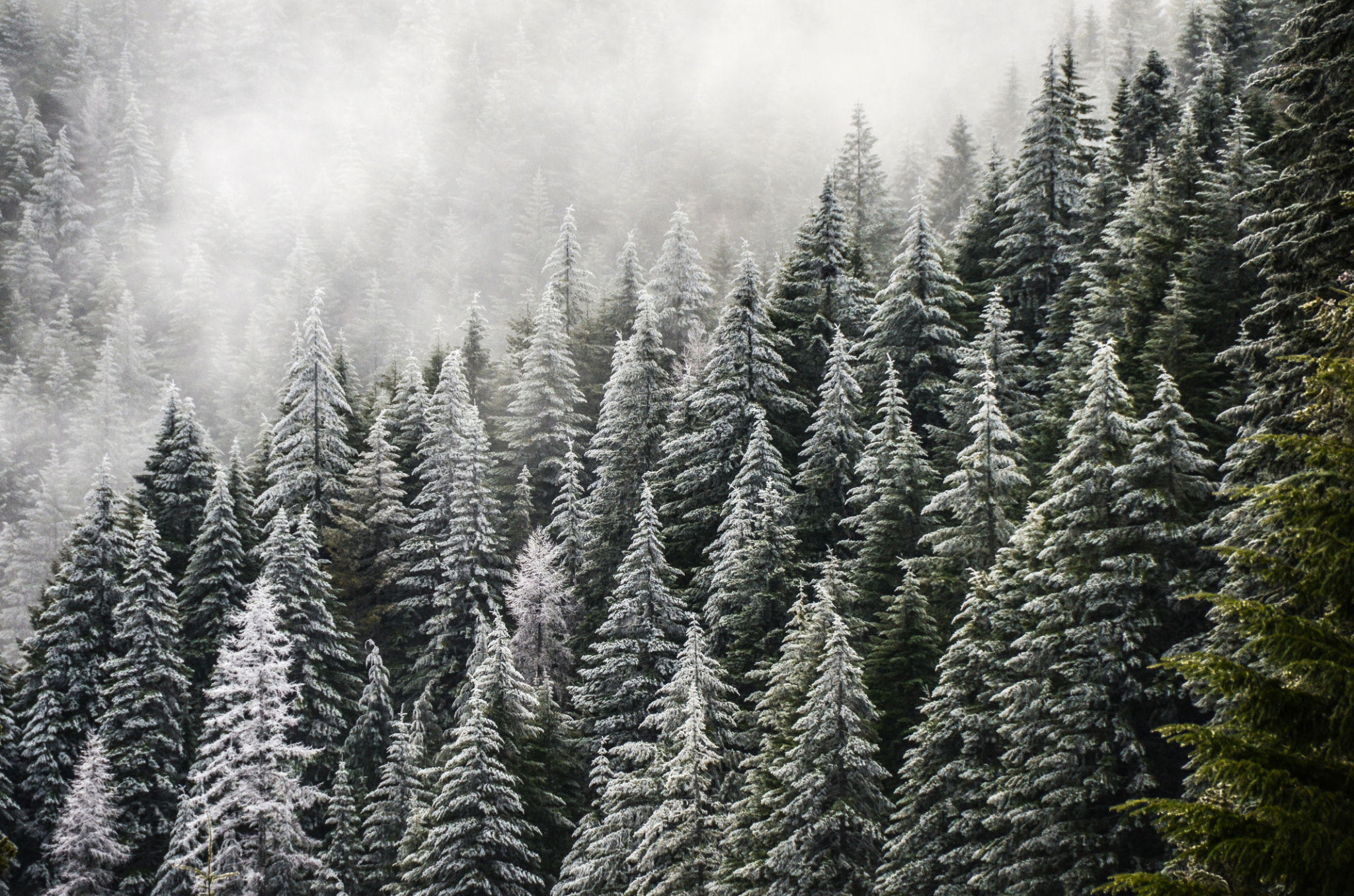Seasonal Photography Tips for Capturing Stunning Winter Landscapes
Understanding the Winter Landscape
Winter presents a unique opportunity for photographers to capture breathtaking landscapes. The season's serene beauty, with snow-covered fields and ice-kissed trees, can transform ordinary scenes into extraordinary images. To make the most of your winter photography, it's essential to understand and embrace the unique characteristics of this season.
The low angle of the sun during winter months offers a softer and more diffused light, creating gentle shadows and enhancing the texture of snow and ice. This natural light can add depth and contrast to your photos, making them more visually appealing. Additionally, the stark contrast between white snow and dark trees or buildings can create striking compositions.

Preparing for Cold Weather Photography
Before heading out into the cold, it's important to prepare both your equipment and yourself. Cold temperatures can affect both your camera gear and personal comfort, so proper preparation is crucial.
Dressing in layers is key to staying warm. Start with a moisture-wicking base layer, add insulating layers, and finish with a waterproof outer layer. Don't forget gloves that allow you to operate your camera while keeping your hands warm.
Your camera gear also needs attention. Keep batteries warm in an inner pocket as cold weather can drain them quickly. Use lens hoods to prevent snow from landing on the lens glass and consider using a protective cover for your camera body.

Composing Winter Landscape Photos
Composition is crucial in capturing stunning winter landscapes. The minimalistic beauty of winter scenes often relies on simple yet powerful compositions. Here are some tips to enhance your photographic composition:
- Utilize leading lines: Snow-covered paths, fences, or tree lines can guide the viewer's eye through the image.
- Incorporate foreground elements: Use stones, branches, or other objects to add depth and interest.
- Capture reflections: Frozen lakes or ponds can provide stunning reflections of snowy landscapes.
Experiment with different perspectives and angles to find the most compelling composition for your scene.

Mastering Exposure in Snowy Conditions
Shooting in snowy conditions requires careful attention to exposure settings. The brightness of snow can often trick your camera's metering system, resulting in underexposed images.
To overcome this, consider using exposure compensation to increase brightness by one or two stops. This adjustment helps ensure that the snow appears white rather than gray. Additionally, shooting in RAW format allows for greater flexibility in adjusting exposure during post-processing.
Pay attention to your histogram to avoid clipping highlights. Proper exposure ensures that you capture all the intricate details of the winter landscape.

Enhancing Your Winter Photos with Post-Processing
Post-processing can elevate your winter landscape photos from good to great. While capturing a well-composed image is essential, editing allows you to enhance and refine your work.
Start by adjusting white balance to correct any color casts caused by the snow. Then, focus on adjusting contrast and sharpness to bring out details in your image. Consider enhancing the blues and whites to emphasize the cold, crisp atmosphere of the scene.
Finally, experiment with adding subtle vignettes or adjusting saturation levels to highlight specific areas of interest without overpowering the natural beauty of the landscape.

